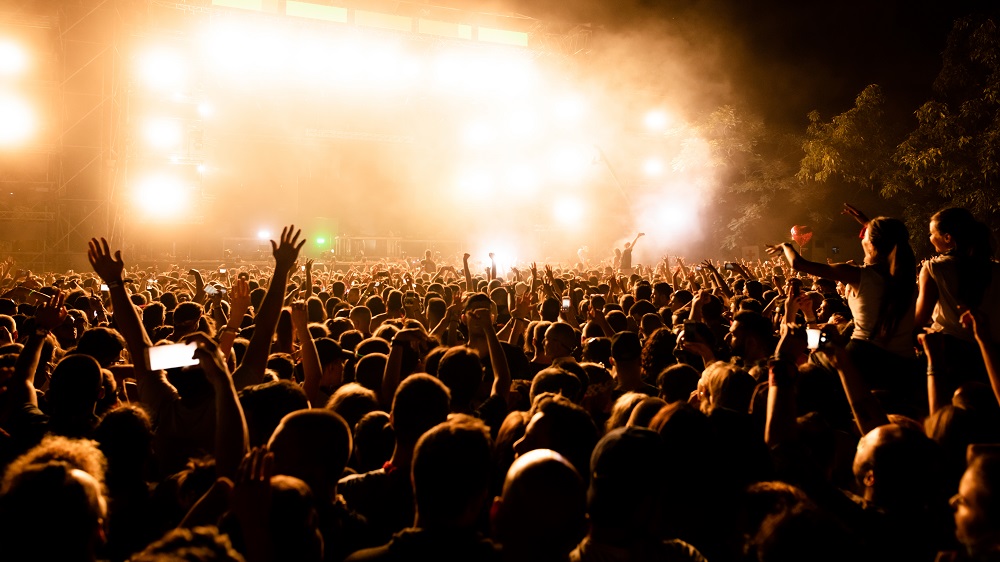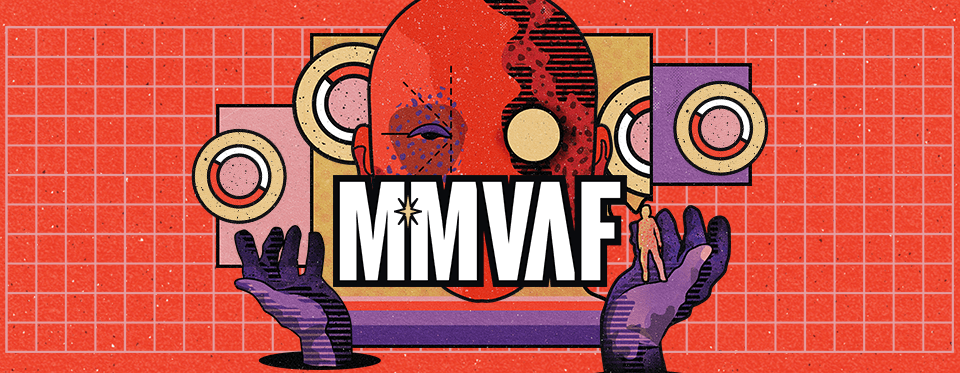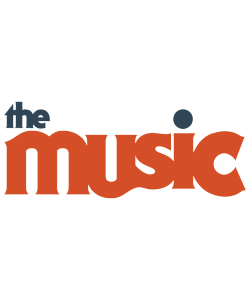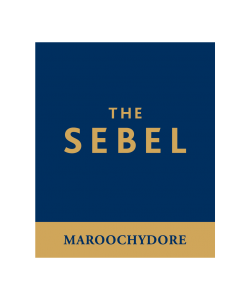
Biggest Concert Ever
Get ready to be blown away by the sheer magnitude of the biggest concert ever!
From Woodstock '69, where music and peace collided in a haze of flower power, to Live Aid '85, uniting the world through rock for a noble cause.
The Glastonbury Festival and Coachella have become meccas for music lovers, showcasing an array of talent that will leave you speechless.
In this article, we dive into these monumental events to give you a front-row seat to musical history.
Key Takeaways
- • Woodstock 1969 was the biggest concert ever, with over 400,000 people gathering in Bethel, New York.
- • Woodstock symbolized the counterculture movement and music revolution of the time.
- • Live Aid 1985 was a historic event that raised funds for famine relief in Ethiopia, reaching a global TV audience of 1.9 billion people.
- • Glastonbury Festival is one of the biggest and most influential music festivals, committed to sustainability and minimizing its carbon footprint.
Woodstock 1969
Woodstock 1969 was the biggest concert ever. It marked a significant moment in history, symbolizing the height of the counterculture movement and the 1969 music revolution.
Over 400,000 people gathered on a dairy farm in Bethel, New York, for three days of peace, love, and music. The event showcased some of the most iconic musicians of that time, including Jimi Hendrix, Janis Joplin, and Santana.
Woodstock became known not only for its groundbreaking performances but also for its communal atmosphere and message of unity. Despite logistical challenges and unexpected rainstorms turning the fields into mud pits, attendees embraced the spirit of togetherness and shared experiences that defined Woodstock.
This legendary festival continues to be remembered as a pivotal moment in music history and an embodiment of a generation's desire for change.
Live Aid 1985
If you attended Live Aid 1985, you were part of a historic event. Live Aid's impact was immense, as it brought together some of the biggest names in music to raise funds for famine relief in Ethiopia.
With simultaneous concerts held in London and Philadelphia, the event attracted an estimated global television audience of 1.9 billion people. The fundraising success was remarkable, with over $127 million raised for charity.
The lineup included legendary acts such as Queen, U2, David Bowie, Madonna, and many more iconic artists from that era. The performances were energetic and captivating, leaving a lasting impression on both the audience and viewers at home.
Live Aid symbolized the power of music to unite people for a noble cause and remains one of the most significant concerts in history.
Glastonbury Festival
You won't want to miss the Glastonbury Festival—it's a one-of-a-kind experience.
The Glastonbury Festival has evolved over the years into one of the biggest and most influential music festivals in the world. With its origins dating back to 1970, this five-day event held in Somerset, England attracts hundreds of thousands of music lovers from all over the globe.
What sets Glastonbury apart is its commitment to sustainability. The festival takes great pride in being environmentally conscious and has implemented various initiatives to minimize its carbon footprint. From renewable energy sources to recycling programs, Glastonbury strives to lead by example when it comes to promoting sustainable practices within the festival industry.
Attendees can enjoy an incredible lineup of artists while also supporting a more eco-friendly future at the Glastonbury Festival.
Coachella
The Coachella Festival, held annually in California, offers attendees an unforgettable experience with its diverse lineup of artists and vibrant atmosphere. Known for showcasing a wide range of music genres, Coachella has something to offer for everyone. From mainstream pop and rock acts to underground indie bands and electronic DJs, the festival caters to all musical tastes. Attendees can expect to see performances from artists such as Beyoncé, Radiohead, and Kendrick Lamar on its multiple stages spread across the festival grounds.
In addition to the music, Coachella is also known for setting fashion trends. Festival-goers embrace bohemian-inspired attire with flower crowns, fringe jackets, and crochet tops being popular choices. The desert backdrop provides a unique opportunity for attendees to express their personal style through bold prints, vibrant colors, and eclectic accessories. Fashion at Coachella is as much a part of the experience as the music itself.
Overall, Coachella offers a one-of-a-kind experience where attendees can immerse themselves in diverse music genres while expressing their individuality through fashion trends.
Conclusion
After examining the historical significance and cultural impact of Woodstock 1969, Live Aid 1985, Glastonbury Festival, and Coachella, it is clear that these events have shaped the music industry and left an indelible mark on society. From huge media outlets to small music blogs, it's every journalist's dream to cover events of this magnitude.
However, one might argue that the size of these concerts detracts from the intimacy and connection between artists and their audience. While it is true that larger crowds can create a sense of detachment, the sheer magnitude of these events allows for unparalleled collective experiences that foster unity and inspire shared emotions.
The overwhelming energy generated by thousands of passionate fans coming together creates an atmosphere unlike any other, reinforcing the power of music to unite people from all walks of life.











